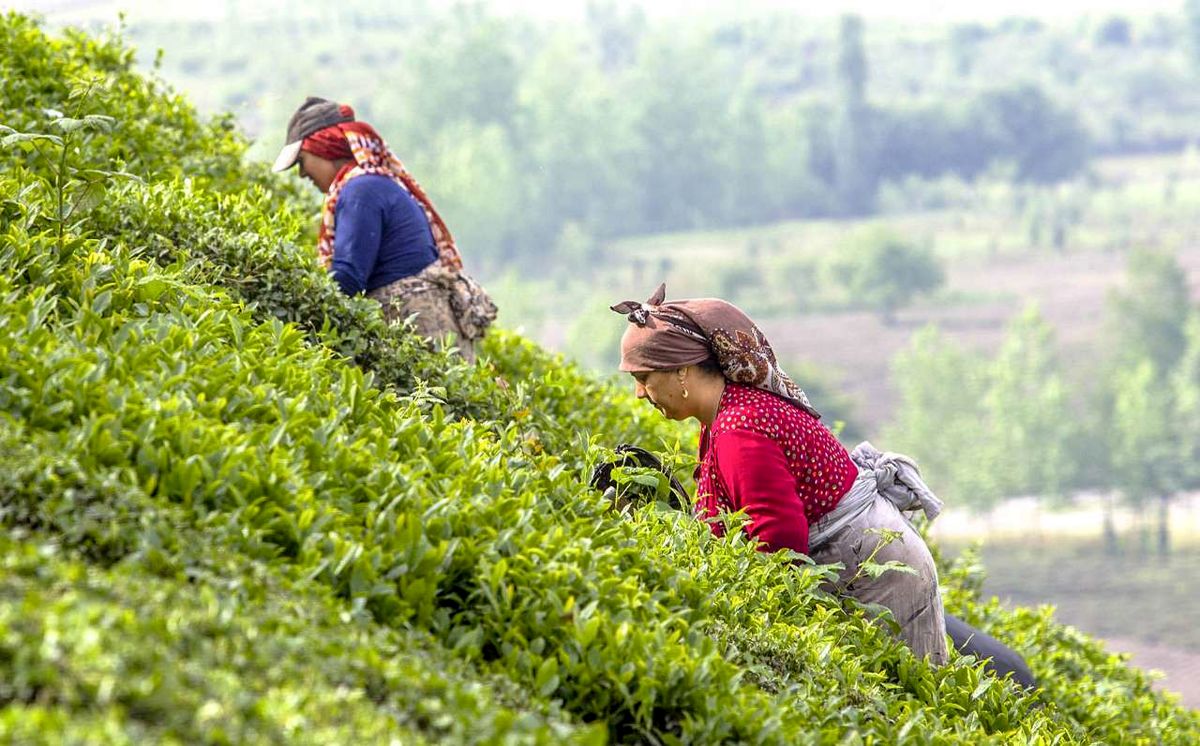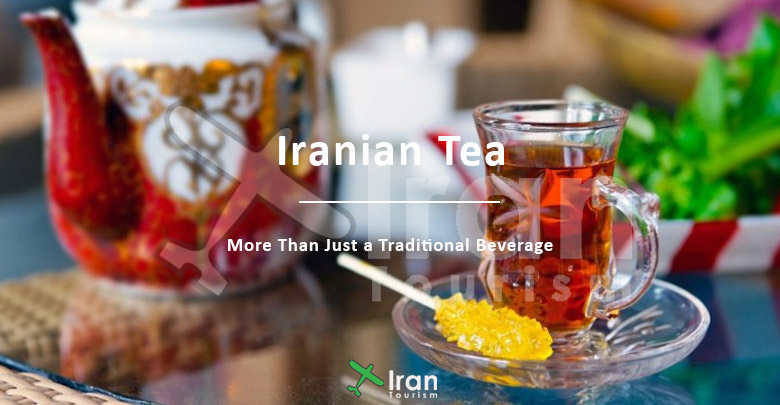Iranian Tea is one of the most essential symbols of Iranian culture, which shows why any Persian tells you that they love to drink Chai (Cha-ee). Iran Travel Guide Center invites you to follow the complete article to get the advantages and disadvantages of Iranian Tea!
Health Advantages of Black Tea
The popularity of Tea as a staple beverage in Iran can be attributed to its significant health benefits. For instance, just two cups of black Tea contain as many antioxidants as five servings of vegetables.
Additionally, Tea helps inhibit the formation of blood clots in major arteries, making consuming three cups a day an effective strategy for reducing the risk of heart attacks and strokes. Alongside its health advantages, the distinct flavor of Tea also contributes to its daily enjoyment.
Although black Tea originally hails from China and India, Iranian tea ranks among the highest quality globally. The ideal climate of northern Iran creates optimal conditions for tea cultivation, resulting in some of the purest, most natural tea brands in the Persian realm and worldwide.

Iranian Tea leaves
How to Brew Tea?
Even though various types of Persian Tea are available, the brewing process is generally consistent and can be outlined in seven simple steps:
- Fill a kettle with cold water and heat it on the stove until it boils.
- Pour the boiling water into a teapot or your container of choice.
- Add 1-2 tablespoons of loose tea leaves to the teapot, adjusting the amount based on whether you’re preparing a half-liter or a full liter of Tea.
- Allow the Tea to steep for 10-15 minutes until it achieves your desired hue. Extend the steeping time for a stronger, darker brew; a shorter period will suffice for a lighter infusion.
It’s worth noting that while various vessels can be used for brewing, traditional Iranian Tea is often made using a “Samovar” for boiling water and a “Teapot” for steeping the tea leaves. Many establishments serve this traditional Tea, known as “cha-ee khaneh,” which is widely available throughout Iran.
- Sweeten your Tea according to preference with sugar, rock candy, or cube sugar. You may also enjoy your Tea with “Poolaki,” a type of hard sugar in various forms.
- Enhance your Tea with additional flavors like Saffron or cinnamon, customizing the blend to suit your taste.
This optimized guide clarifies the straightforward yet nuanced process of brewing Persian Tea, making it accessible for both novices and connoisseurs.
Quality Factor of Black Tea
The quality of black Tea is another property that needs to be paid attention to. Many factors contribute to the quality of the Tea, such as pureness, being natural, etc. Although many consider the color of Tea as a sign of quality, the taste is a genuine factor for professionals!
You can find many Persian tea types in the market for usual usage or as an Iranian souvenir, from original black and green Tea to white and huge categories of herbal teas based on any typical herbal powder added to authentic Tea or manufactured as a type of Tea.
Take saffron Tea from Iranian markets like Tehran Grand Bazaar or Tajrish Traditional Bazaar as one of the most significant examples of adding Saffron to original black Tea.
As an Iranian symbol of exportation, Saffron is used for taste and fragrant improvements, regardless of its healthiness advantages, in many foods or Iranian beverages like Tea. Adding different flavoring materials to the Tea makes it possible to have different types of Persian Tea that you can find in the market.
Types of Persian Tea
However, taste quality is different from one person to another; the top 5 best types of Persian tea brands among Iranian People are Ahmad, Twinings Earl Grey Tea, Mahmood Tea, Naderi Tea, Debsh Tea, and Ferdows Tea in order.
Iranian Tea, often called “chai” in Farsi, is predominantly black Tea that varies in flavor, strength, and aroma depending on its origin, preparation, and additives. Here are some types of Iranian teas based on various factors like region, practice, and ingredients:
By Region:
- Lahijan Tea – Grown in the Gilan Province, this is one of Iran’s most famous tea types.
- Rasht Tea – Another variety from the Gilan Province, it’s known for its robust flavor.
By Preparation:
- Loose Leaf Chai – The most common type, often prepared with a samovar and brewed for an extended period.
- Bagged Chai – Convenient but generally considered inferior in quality to loose-leaf tea.
By Flavoring Additives:
- Saffron Tea (Zafran Chai) – Tea infused with saffron strands for aroma and a rich, golden color.
- Cardamom Tea (Hel Chai) – Black Tea flavored with cardamom, often consumed during holidays and special occasions.
- Cinnamon Tea – Black Tea brewed with cinnamon sticks or powder for added warmth.
- Rose Petal Tea (Gol-e Mohammadi Chai) – Black Tea infused with dried rose petals or water.
- Mint Tea – Often a blend of black Tea and fresh or dried mint leaves.
Special Preparations:
- Chai Shireen – Sweet Tea is often made with sugar, honey, or other natural sweeteners.
- Chai Talkh – A more bitter tea brewed longer for a stronger flavor profile.
Modern Twists:
- Green Tea – Less common but growing in popularity, especially for health reasons.
- Iced Tea – A more modern adaptation, usually flavored with lemon, mint, or other herbs.
Remember that the preparation method and the choice of additives like sugar, rock candy, or lemon can further define the tea experience.




No comment